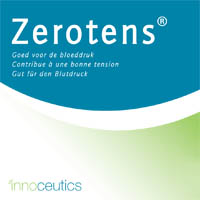
Less salt
Eating less salt does not only mean using less salt in the kitchen and at
the table.
The greatest quantity of salt (75%) consumed daily, is not added to our diets
by ourselves. Not only are there food products that taste salty and that contain
a considerable amount of salt, there is also food that do not taste salty but
do contain a lot of salt, for example breakfast cereals.
Sometimes the information regarding the salt content can be found on the label of the food product. If the salt content is not mentioned, pay attention to the sodium levels: in order to know with how much salt the sodium levels correspond, you have to multiply the indicated sodium level with 2.54.
Specialists recommend that individuals with a normal blood pressure use less than 6 gr. of salt per day. Individuals with high blood pressure are advised to use a maximum of 4 gram of salt per day.
Eating less salt also forms part of the DASH diet (dietary approach to stop hypertension) and of the DASH–sodium diet. The DASH diet only makes use of easily obtainable foods. The DASH diet is rich in vegetables, fruit and dietary fibre, and avoids saturated fat and foods rich in cholesterol. The DASH-sodium diet limits the use of salt even more than the DASH diet. Different clinical studies have established that these diets considerably reduce the blood pressure among people with high blood pressure.
It is useful to know that the DASH-diet and the DASH-sodium diet are also favourable for cholesterol.
